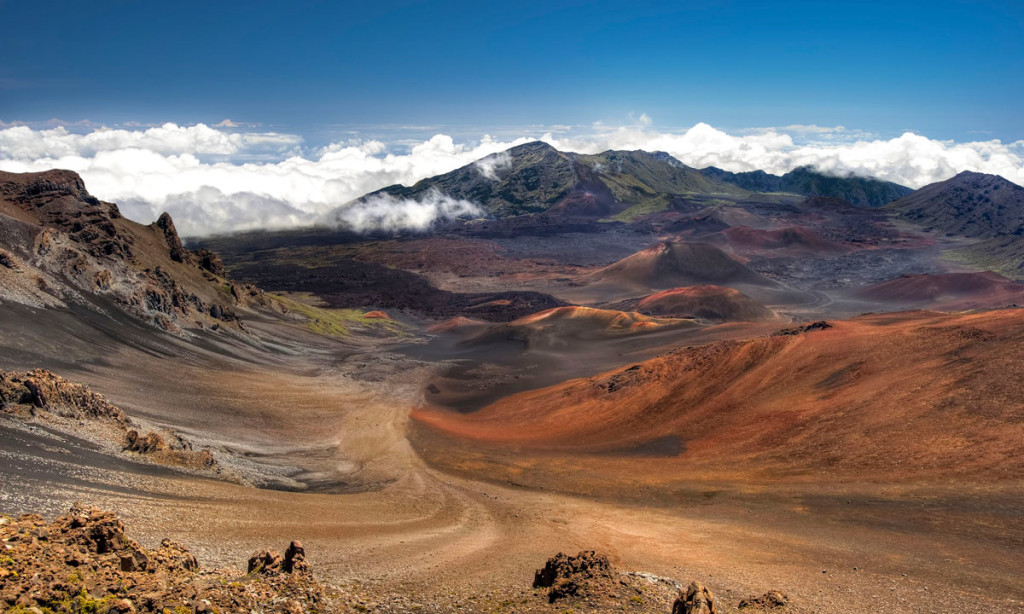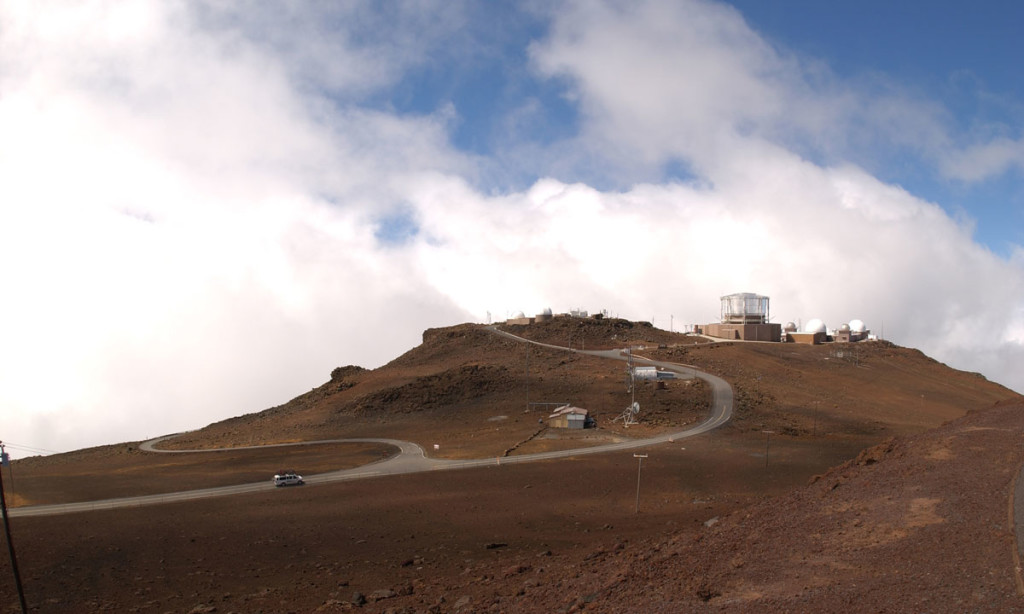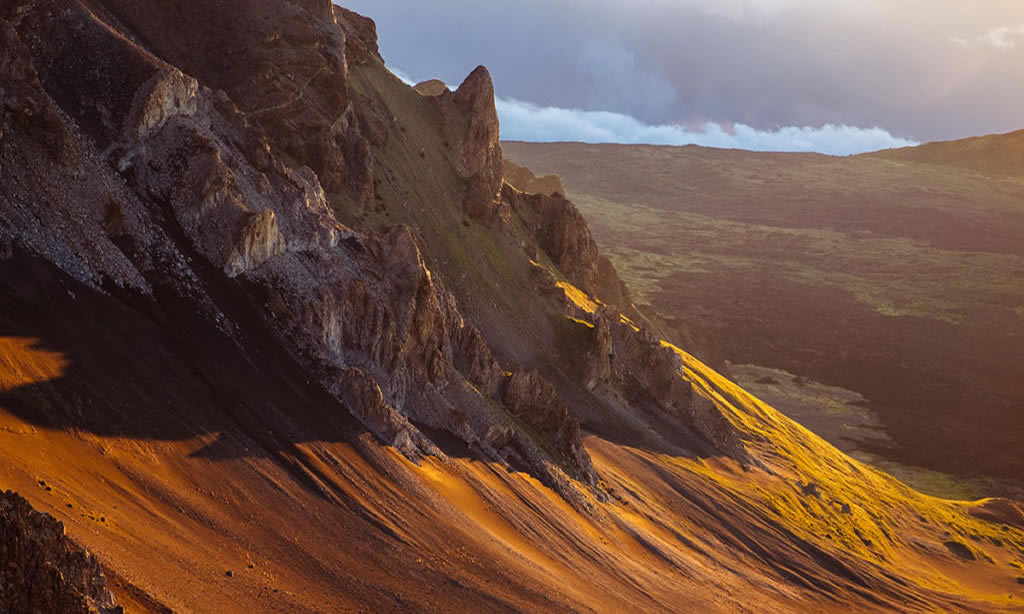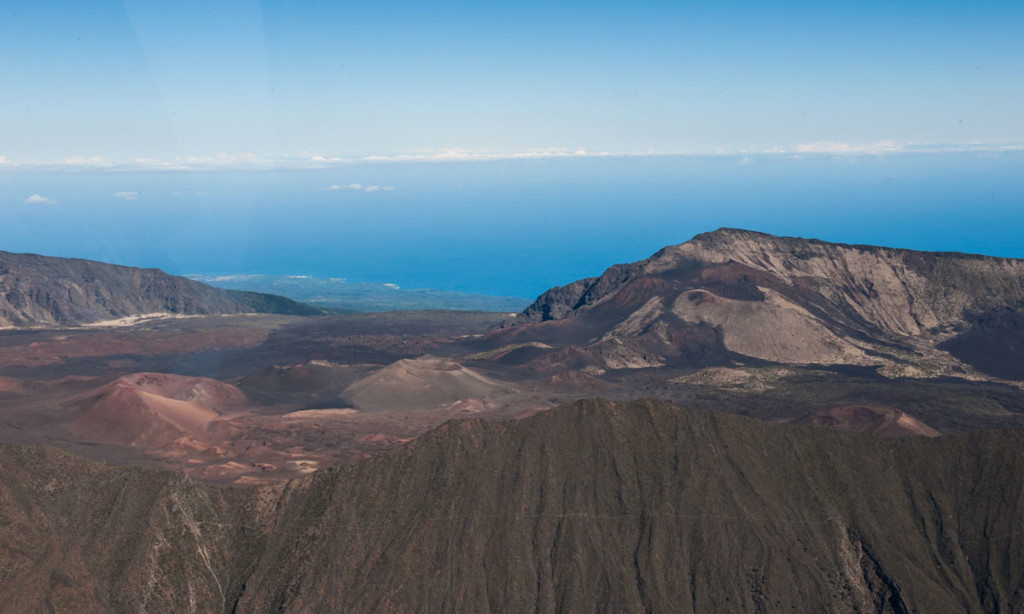HALEAKALĀ
House of the Sun
HALEAKALĀ National Park
Haleakalā – Origins
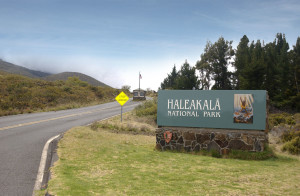 Meaning “House of the Sun”, Haleakalā is dubbed the world’s largest dormant volcano. In Hawaiian legend, this is where the demigod Maui lassoed the sun, releasing it only when it promised to move more slowly across the sky.
Meaning “House of the Sun”, Haleakalā is dubbed the world’s largest dormant volcano. In Hawaiian legend, this is where the demigod Maui lassoed the sun, releasing it only when it promised to move more slowly across the sky.
In 1916, Hawai’i National Park was established by Congress, with Haleakalā included as a section of the National Park. A road to the summit was built in the 1930s, shortly followed by the Haleakalā Visitor Center at the summit. During World War II, the U.S. Army occupied the park, closing it to the public. Later, in 1961 after Hawai’i became the 50th U.S. state, Hawai’i National Park’s units were separated, creating Haleakalā National Park.
The slopes of Haleakalā have a long and intertwined history with the sugarcane and pineapple industry on Maui, home to many acres of both, which helped shape the landscape of Maui.
Haleakalā – Today
Today, those industries have expanded to include distilleries, coffee plantations, organic farms, goat farms, botanical gardens, lavender farms and more, all of which attract visitors from around the globe to marvel at their unique beauty. Visiting the summit of Haleakala is by far the biggest draw to this majestic region. Learn about our Haleakala Tours.
Science City
The 10,023 foot summit is home to Haleakala Observatory, widely regarded as one of the best places for stargazing in the world, and also Hawaii’s first astronomical research observatory. In addition to sunrise and daytime biking, stargazing is a popular activity when weather conditions cooperate.
High elevation and lack of light pollution make Haleakalā’s summit an ideal location for observatories. Both The University of Hawaii and the US Military have observatories at the summit.
Wildlife
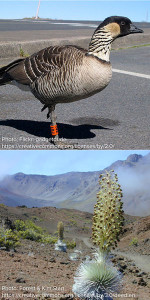 Another fascinating aspect of Haleakalā is its diverse population of rare plants and animals, some seen nowhere else on Earth! In fact, more threatened and endangered species are found within Haleakalā National Park than any other national park in the country. One such species is Hawaii’s state bird, the Nene Bird, a type of goose that was hunted almost to extinction, reaching about 30 birds in 1952. In fact at one point they could no longer be found on Maui. It was later reintroduced to Haleakalā after being bred to bring its numbers up. However, there still remain only an estimated 2,500 Nene birds in existence.
Another fascinating aspect of Haleakalā is its diverse population of rare plants and animals, some seen nowhere else on Earth! In fact, more threatened and endangered species are found within Haleakalā National Park than any other national park in the country. One such species is Hawaii’s state bird, the Nene Bird, a type of goose that was hunted almost to extinction, reaching about 30 birds in 1952. In fact at one point they could no longer be found on Maui. It was later reintroduced to Haleakalā after being bred to bring its numbers up. However, there still remain only an estimated 2,500 Nene birds in existence.
One may also find the Haleakalā Silversword plant, an interesting looking succulent plant, with leaves covered in silver hairs. They grow on volcanic cinder, withstanding heavy winds, low temperatures and dehydration. Visitors are also often surprised to see such a wide variety of flora and fauna along the way, which changes dramatically with the increase in elevation.
Our Tours
On each tour, we offer an in-depth look at the history and culture of Maui, as well as interesting information about Haleakala and what you can expect to see during your journey. We take great pride in our team of guides, who offer an immense amount of invaluable knowledge about the island and what makes it so special. We look forward to sharing the beauty of The Valley Isle, and encourage you to explore it with us soon!

“Haleakalā EcoTours is officially authorized to provide guided vehicle tours and interpretive services within Haleakalā National Park.”
Haleakalā Infographics

See how Haleakalā’s topography interacts with tradewinds to create Maui’s micro-climates.

High elevation and lack of light pollution make Haleakalā’s summit an ideal location for observatories. Both The University of Hawaii and the US Military have observatories at the summit.

